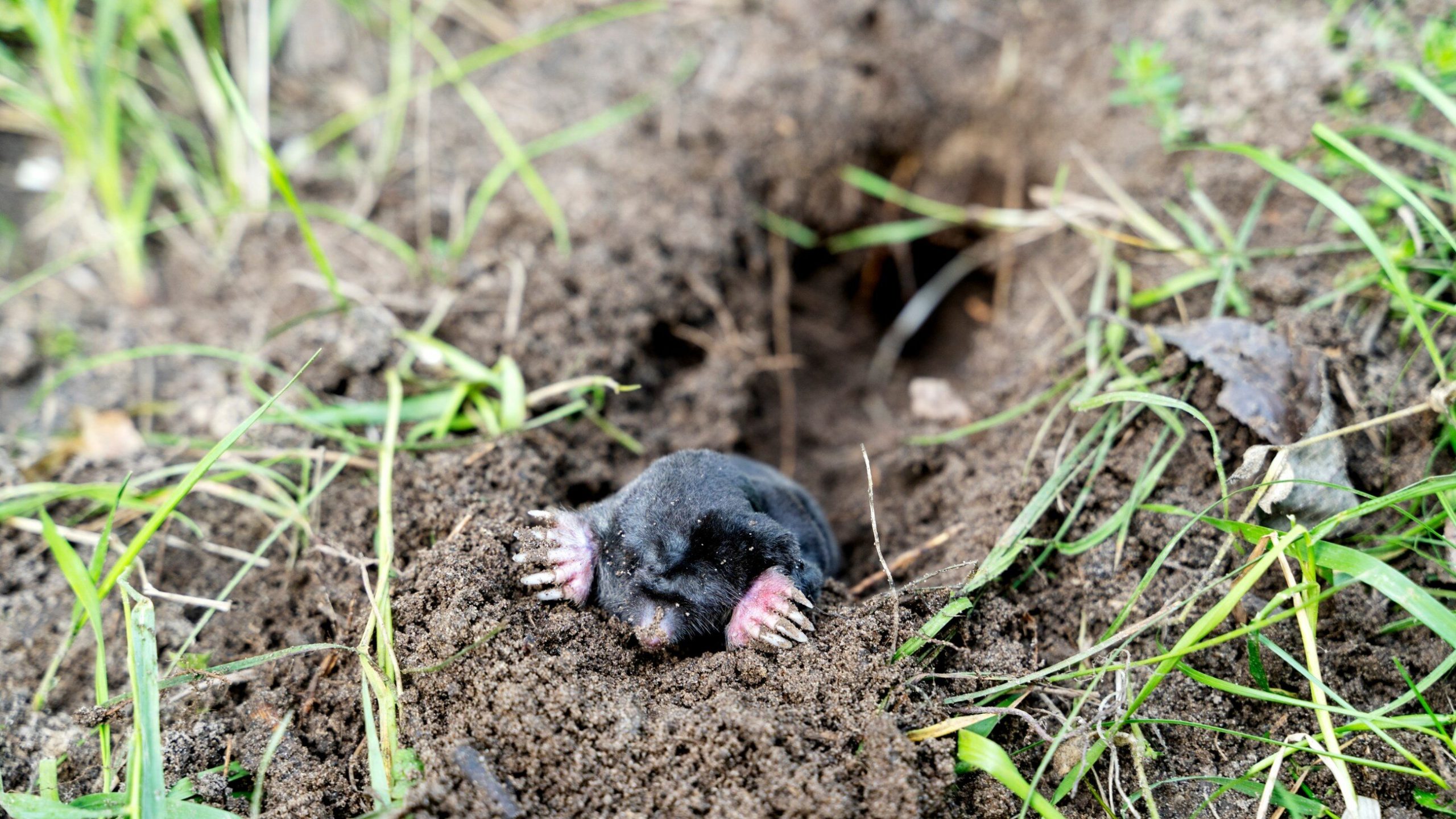A golden mole found after almost a hundred years. It was considered an extinct species

An elusive golden mole hiding in the sand has been found in South Africa after more than 86 years. For nine decades this species was thought to be extinct.
De Winton’s golden mole was last seen among the dunes of South Africa before the outbreak of World War II. Since then, not a single individual has been observed. Until now. After 86 years, a species considered extinct has been found. See what this unusual animal looks like.
De Winton’s golden mole found after 86 years
Until recently, De Winton’s golden mole (Cryptochloris wintoni) was considered an extinct species. It lived in underground burrows and had not been seen since 1937. It owes its “golden” name to the secretions that lubricate its fur, thanks to which it can “swim” in the sand of the dunes and become iridescent. It does not create conventional tunnels, which makes it much more difficult to detect. Like the classic mole, it is also blind and relies on its very sensitive hearing. It runs away if it detects vibrations caused by movement above the ground. It has been placed on the “most wanted” list of lost species, compiled by the global conservation group Re:wild.
Recently, however, something unheard of happened and the mole was found after 86 years. It happened thanks to a two-year search conducted by ecologists and a border collie dog named Jessie, which was trained to find such animals. The research results were published in the journal Biodiversity and Conservation.
“It was very exciting to be part of the team searching for lost species. The icing on the cake is finding one,” said Esther Matthew, senior field officer at the Endangered Wildlife Trust (EWT).
The dog “sniffed out” the golden mole
Scientists from EWT and the University of Pretoria worked with the dog Jessie, who “notified” them that something had been found by lying down on the spot. Jessie was rewarded for her efforts with the opportunity to play with a tennis ball.
Each time Jessie stopped, scientists collected a soil sample, which was later tested for environmental DNA (eDNA). This analysis detects DNA from skin cells, urine, feces and mucus that moles release as they move through the dunes. Using this technique, the team searched up to 18 km of dunes in a day. A total of 100 sand samples were collected and eventually two of De Winton’s golden moles were discovered. Field research was conducted in 2021 and the team thought they had found De Winton’s mole, but it looks very similar to other golden moles, so the discovery was not confirmed until the samples were genetically sequenced.
“While many people questioned whether De Winton’s golden mole still existed anywhere, I believed the species was not yet extinct,” said Cobus Theron, senior conservation manager at EWT and a member of the search team. “Now we have not only solved the mystery, but we have opened up enormous opportunities to find other lost and endangered species.”
So far, 21 species of golden moles have been identified in the world, most of which occur only in South Africa. The team found evidence of three other moles, including Van Zyl’s golden mole, which is also endangered.
Since surveys were carried out in 2021, EWT has discovered four further populations of De Winton’s golden moles, and researchers believe there is a healthy population of them in Port Nolloth. However, this area is not protected and is at risk due to diamond mining. “We need to identify areas where we focus our conservation efforts and secure them to ensure that strongholds for these species continue to exist there,” said JP Le Roux, a former EWT field officer.






